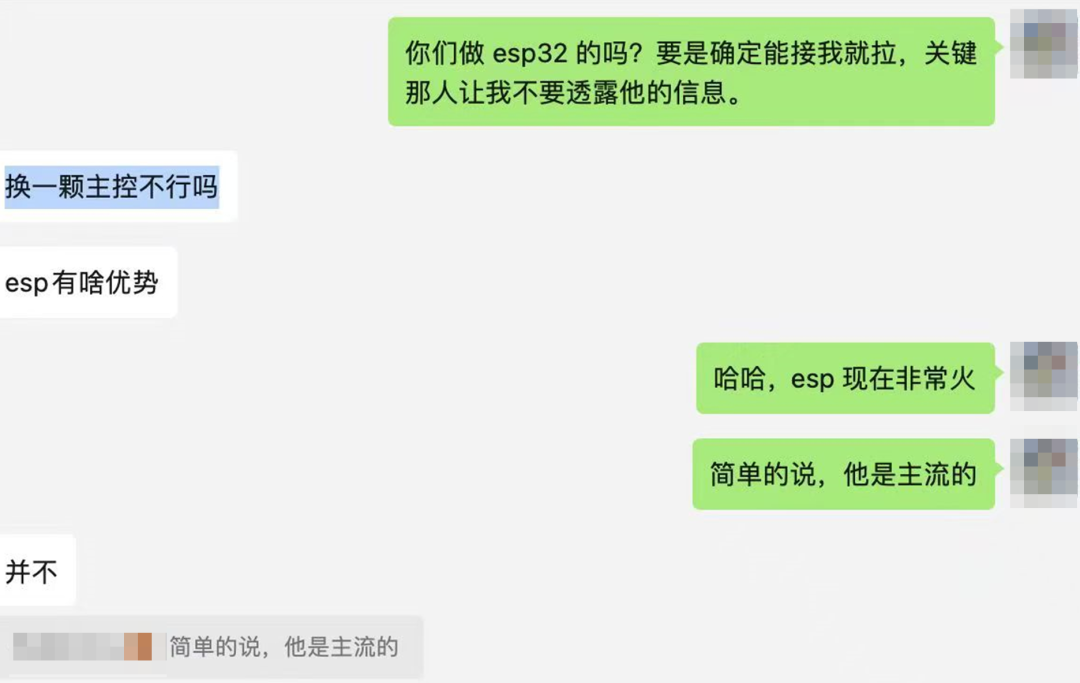Hello everyone, recently I encountered a newcomer asking whether to learn ESP32 or STM32 first. First of all, these two devices are not aimed at the same direction. STM32 is an enhanced version of the STC51, which has very limited resources, including few registers and limited RAM and ROM. If you want to develop more functional code, you can’t write many lines, so STM32 was developed. Before STM32 became popular, developers used the ancient AVR microcontroller as a substitute, but later found that it was more practical to directly use STM32, which led to its widespread use in various electronic competitions.
Therefore, experienced MCU developers find STM32 very user-friendly, while software developers find it easier to get started with ESP32.
In terms of development approach, ESP32 focuses on the Internet of Things (IoT) and is developed based on the ESP-IDF framework. The underlying protocol stack (TCP/IP, WiFi, WebServer) is readily available, allowing developers to focus mainly on business logic without worrying too much about the driver layer.
On the other hand, STM32 is a general-purpose MCU, offering more flexible development— you can quickly build functionalities using ST’s HAL library, or use the standard library for fine control, or even directly manipulate registers for precise timing adjustments.
➵➵➵➵➵➵➵➵➵➵➵➵➵➵➵
Different functional focuses:
ESP32 is suitable for scenarios like smart homes, with built-in wireless modules, making network configuration and MQTT communication ready to use out of the box, but its peripheral interfaces and real-time control capabilities are relatively limited. Although these also appear to be microcontrollers, when it comes to networking, the knowledge required expands significantly, and the business scenarios that can be covered by the network also increase greatly.STM32 excels in controlling complex devices, such as sensor communication requiring precise timing and scenarios involving multiple peripherals working together. Although some models have networking capabilities, they usually require additional modules and are more suitable for localized applications with high real-time requirements. For example, when developing a drone or a smart balance vehicle, products that do not require internet connectivity will typically lead us to consider using STM32.➵➵➵➵➵➵➵➵➵➵➵➵➵➵➵For beginners, I recommend purchasing development boards for both devices to learn. The ESP32 SDK is not that complicated, and it is easy to play with, offering many possibilities once connected to the internet. STM32 requires more knowledge in control and electronics, and beginners can experiment with projects like drones and smart cars.